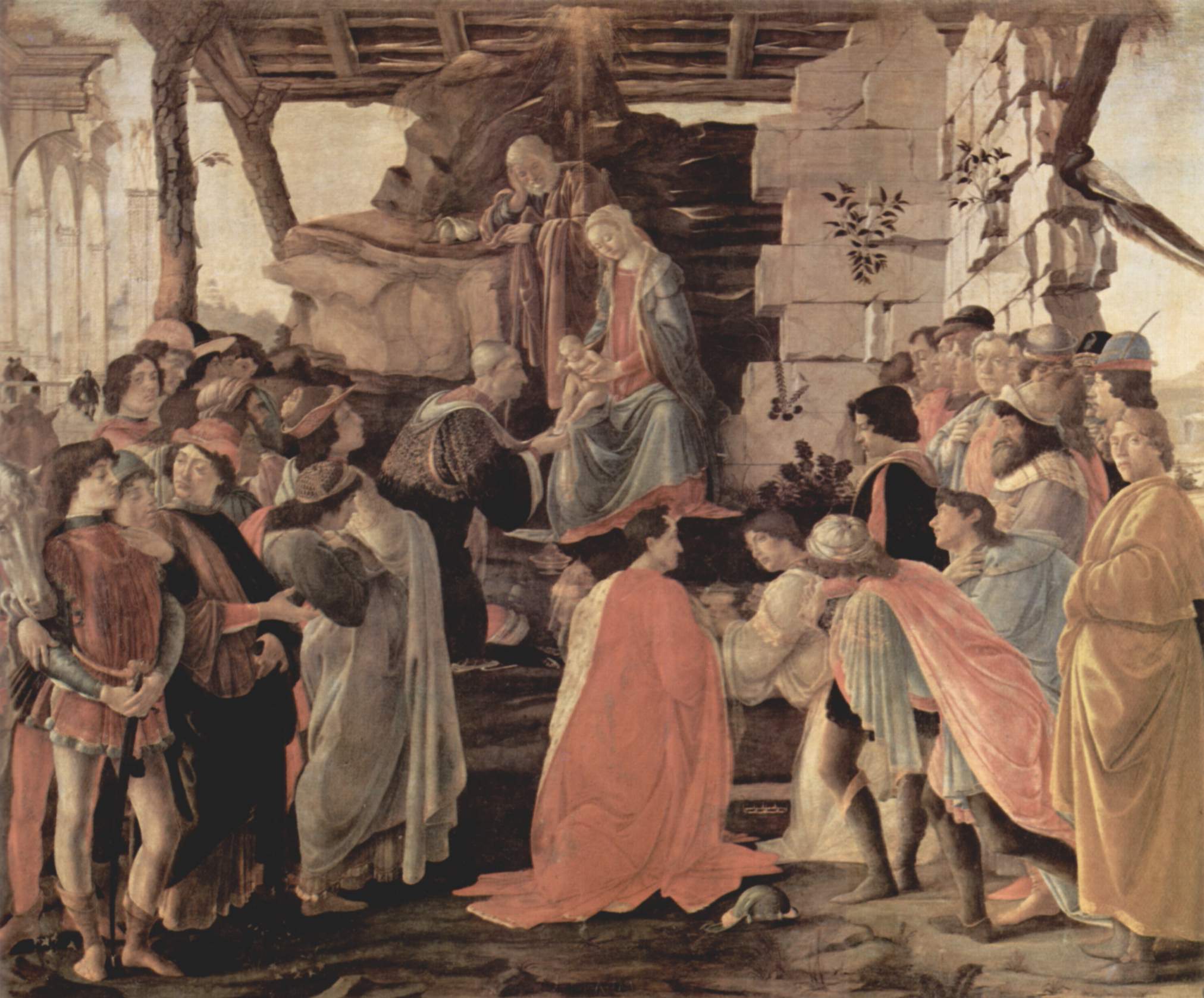HOTW: Come and behold Him
O come, all ye faithful, joyful and triumphant,
O come ye, O come ye, to Bethlehem.
Come and behold Him, born the King of angels;
Refrain
O come, let us adore Him,
O come, let us adore Him,
O come, let us adore Him,
Christ the Lord.
The first verse of this lovely hymn calls the faithful to Bethlehem to behold the newborn King. Why are they joyful and triumphant? Because at last their Messiah is come to conquer sin and death!
“Come to Bethlehem,” is an invitation full of meaning because more than 500 years before Christ’s birth, the prophet Micah (5:2) announced:
“But you, Bethlehem Ephrathah, Though you are little among the thousands of Judah, Yet out of you shall come forth to Me The One to be Ruler in Israel, Whose goings forth are from of old, From everlasting.”
Bethlehem was the chosen birthplace of the King of Israel who was from old, from everlasting. In other words, the eternal God! It is amazing to think that the Lord would lead Caesar Augustus in far away Rome to call for a census at the perfect time to require Joseph and Mary to be in Bethlehem the very day the Christ Child was to be born. Read Luke 2:1-6. We serve a mighty and sovereign God, who holds the heart of the king in his hand to do with it what He will, as it says in Proverbs 21:1.
What does it mean to adore Him? The word adore means to worship as God. Kind of makes you wonder why we find ourselves saying we “adore chocolate” or “adore kittens.” The meaning of words does change over the years and adorable now means cute and loveable, but adore in this refrain definitely means to worship, to lovingly honor and respect.
Before we close, I’d like to say a few words about the artwork we chose to go with this verse. It’s the “Adoration of the Magi”, which means the worship of the wise men, and it was painted by Sandro Botticelli, an Italian Renaissance master, in 1475. Do you notice that many of the magi are dressed in Renaissance style clothing? Many artists dressed Biblical characters in their own fashion (and ethnicity!), not out of ignorance, but in an effort to help people see themselves in the story. In fact, several of the characters seen in this painting were modeled on individuals in the Medici family, rulers of Florence, where Botticelli worked.
Next, notice the crumbling columns in the background. We have a reproduction of an Old Master in our house that shows the Christ Child and lamb on Classical ruins. Interest in the Classical time period revived in the Renaissance, so they were very interested in those subjects, but I have often wondered if the artists were showing the Classical civilizations of Rome and Greece crumbing under their sin, while Christ comes to the fore. This painting is currently held in the Uffizi Gallery in Florence and our son Caleb visited there in October. When he gets home, I’ll ask him if he saw this masterpiece.
See you tomorrow!
